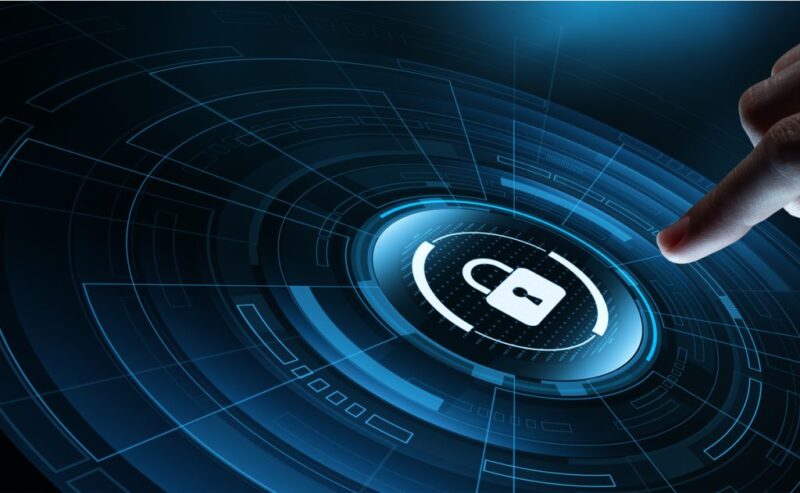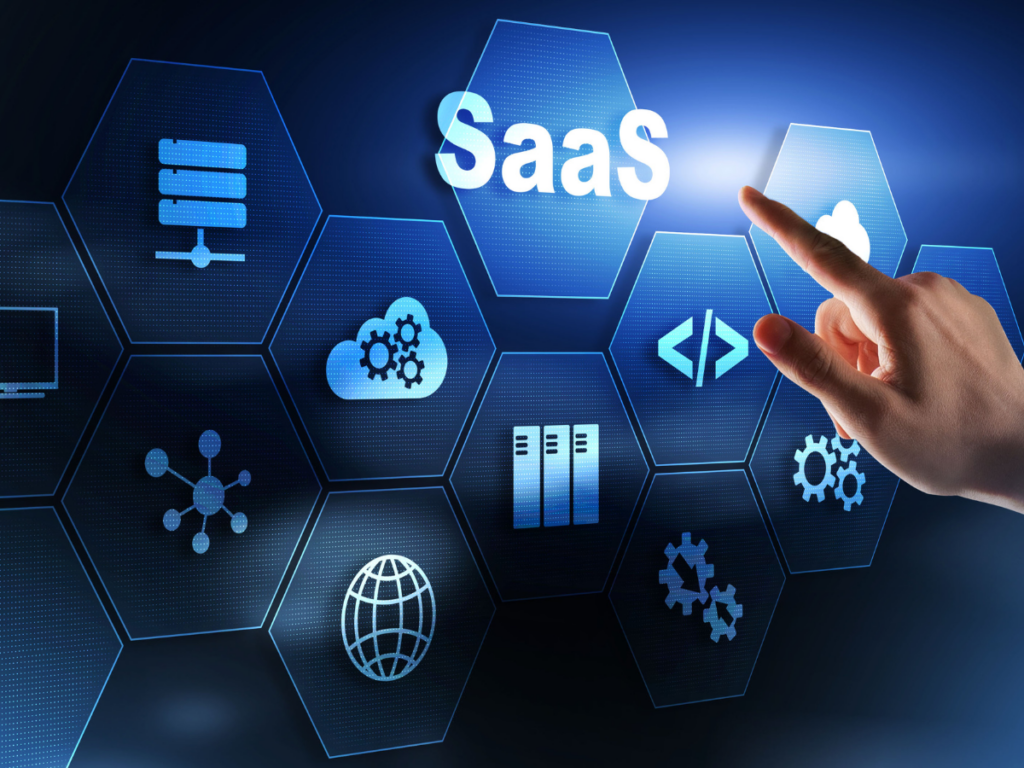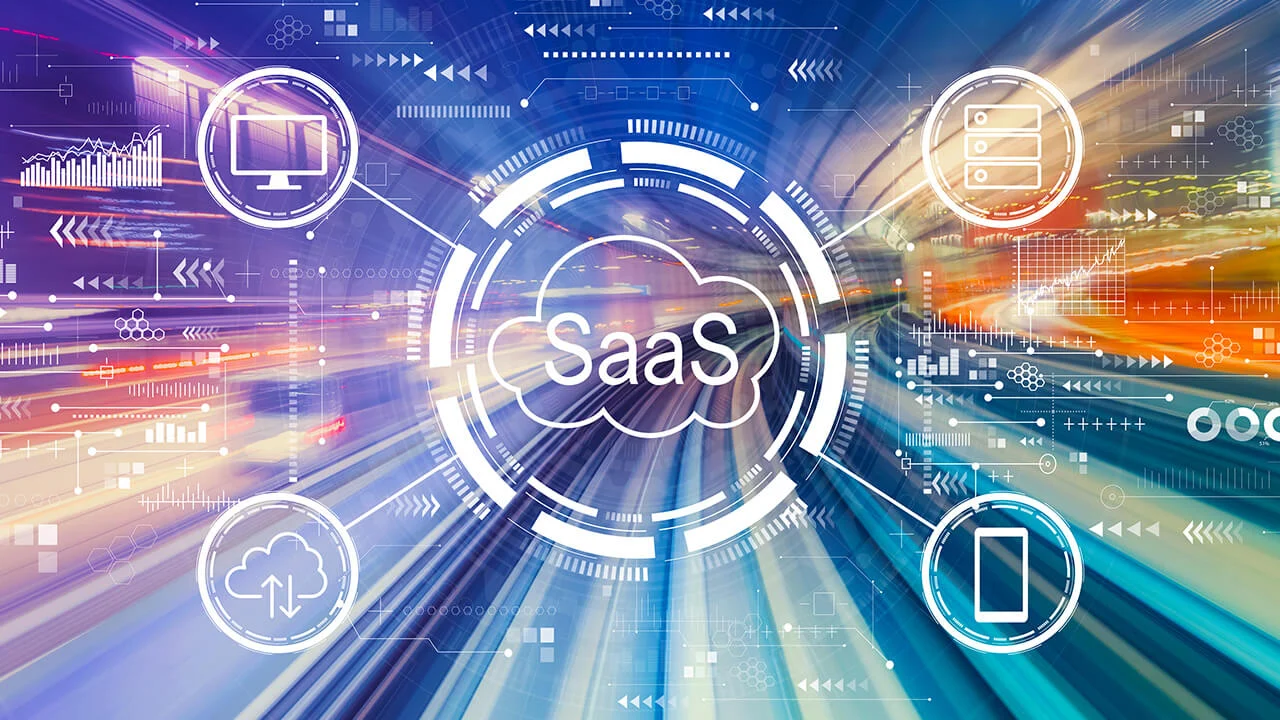As more businesses and independent users adopt SaaS applications, cyber attackers have also found a lucrative opportunity in this trend. Increased use of SaaS means a lot of personal and critical business data is available in the cloud. So cybercriminals target cloud platforms to steal this data for their malicious practices.
Now, cyber threats won’t hinder companies and individuals from conducting businesses online. What then can we do to ensure tenable SaaS security? Here are 10 tips to own security when using cloud applications:
Page Contents
10 Tips to own SaaS Security
1. Monitor the SaaS environment and adopt “least privilege access”

Just like in an on premise IT infrastructure, managing who gains access to certain data assets and for what purpose is paramount to enhanced security in SaaS apps. Businesses can reduce the chances and effects of data breaches by employing granular access control over resources. This ensures users can only interact with the information they require to carry out their tasks. This way, if there’s a compromise on their credentials, hackers can only gain limited access to critical business data.
Similarly, businesses can boost their security by imposing some control and visibility on devices accessing SaaS apps. Workers will probably require logging into a business SaaS environment using their own devices. However, a business can still adopt automatic tools to detect each app and device that connects to its SaaS network. By actively monitoring user interactions with application security services and cloud data, it’s easy to detect any violations and take measures in time.
2. Embrace zero trust SaaS security model
Zero trust is a cybersecurity system or cybersecurity management strategy that’s based on the awareness that threats are inevitable. It also acknowledges that threats can come from within and outside the network boundaries. This creates a security approach that doesn’t trust any element, service, or node.
The system is thus designed to execute continuous authentication of real-time credentials collected from multiple nodes to determine access or relevant response by the system. This approach limits access to what a user requires when performing a task. Besides, the system imposes thorough and well-coordinated SaaS security monitoring, system security automation and granular risk-based permission controls. It protects critical data in real-time and this is important in a dynamic threat environment, such as SaaS.
3. Use specialized tools for Identity and Access Management

This is another security measure that, if implemented, controls what each user can do and with which resources. They ensure proper verification of users before accessing IT infrastructure. A business can have IAM tools that service both SaaS and on premise apps. IAM tools facilitate:
- Single sign-on (SSO)
- Incorporation of identity into your business’s apps and services
- Conditional access
- Single identity platform
- Multi-factor verification
4. Consider incorporating CASB
Cloud Access Security Broker (CASB) tools are cloud-based security enhancement tools operating between SaaS providers and users. These crucial add-ons for business SaaS configurations strengthen enterprise security policies as consumers access cloud-based applications. In a SaaS environment, the focus of CASB is on data security, inline blocking when sharing assets, data encryption, and network security. Their main aim is to prevent data loss, a key aspect of cyber security.
5. Train employees and users in SaaS Security as part of user support

Businesses that enjoy strong defense against cyberattacks involve their employees in mitigating risks. SaaS providers and clients can partner in empowering workers to become champions of their own SaaS security. Companies can begin by adding cyber security as an important part of their organizational culture. Create awareness around SaaS security vulnerabilities and the repercussions of a data breach. Then involve their SaaS provider in training workers to use apps with caution, determine spam emails, and ensure proper password practices. Encourage them to understand app permissions and adhere to the company’s cyber security and data handling policies.
6. Ensure compliance
As a consumer, work with vendors who take the required measures to remain compliant. Have in mind that even if a user complies with security policies, working with a vendor who doesn’t adhere to set online security standards will put their data at risk. Users are also likely to get penalized if their SaaS vendors don’t comply with set requirements. There are various online safety standards set by recognized bodies such as HIPAA, GDPR and Certification Authority, among others. Check your vendor’s data policies. Is their website fully secure? Check if they have proper site security certificates, such as UCC certificate or a SAN SSL certificate, for a service that hosts multiple business domains.
7. Keep an updated security checklist

It’s helpful to always have a documented security checklist. Overall, a business network security checklist should cover SaaS security management, data classification based on sensitivity level, employee training, encryption, strong password policies, strict security regulations, and enforcement. Use this during your regular security checks to ensure you don’t miss any function. As a SaaS consumer, having a security checklist empowers you to vet providers based on their ability to meet your security requirements, among other aspects.
8. Acquire SSL Certs for Your SaaS Website
Cyber attackers are mostly interested in data that they can use to perform their malicious acts. Therefore, any concrete SaaS security plan should have data protection as a key focus. The plan should seek to protect data during transmission, when in use, and at rest. One way to protect data is through encryption. For better Web service, authenticate products, and better encryption, we would like to name here CheapSSLShop. Get an SSL Certificate from CheapSSLShop that offers the same level of security as you directly buy from a certificate authority. An SSL certificate adds a secure transport layer on HTTP sites and encrypts any data shared on a website before transmission.
9. Regular Vulnerability Assessment

Conducting regular checks on SaaS infrastructure enables early detection of loopholes and mitigation. Hackers take advantage of these loopholes to attack a business. It’s thus helpful to notice them and take measures to fix them before criminals can exploit them. Comprehensive testing takes into consideration real-world scenarios and current cyber security threats. For a comprehensive exercise, consider manual and automatic testing methods.
10. Have an Incident Response Plan
Having a plan in place that outlines the steps your organization should take in case of a SaaS security threat is an important step towards safety. This plan looks at probable incidents and thresholds. Then, your team should highlight step-by-step response actions and train employees. Each employee should know what to do should an incident occur. This way, it’s easy to tame a SaaS security incidence within the shortest time possible and minimize losses.
Conclusion
It’s no doubt SaaS applications have revolutionized how we do business. SaaS tools enable seamless collaboration and the ability to make transactions even when we are thousands of miles apart. But they’ve also become a prime target for cybercriminals. Use the tips above to ensure your personal and business security when using SaaS services.






